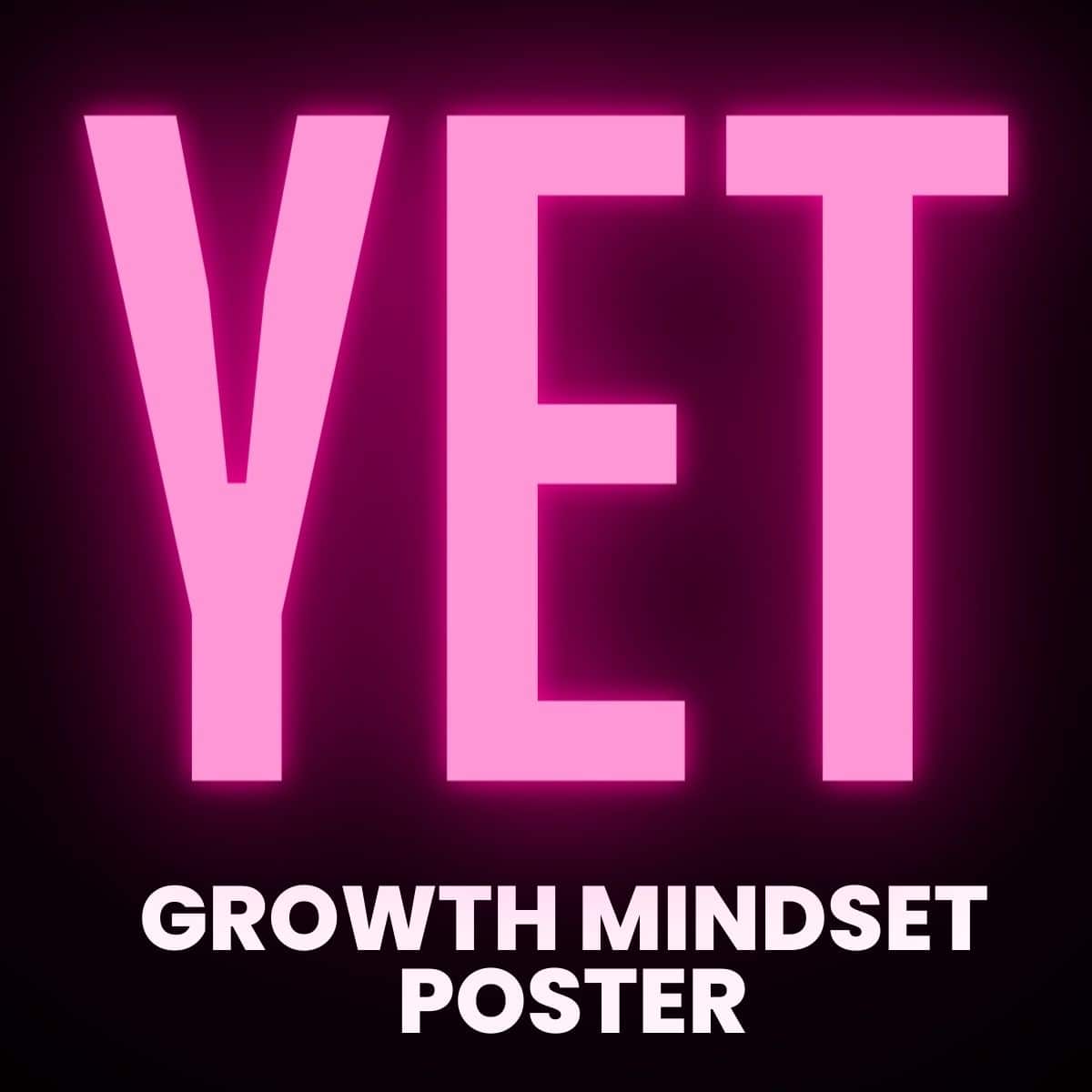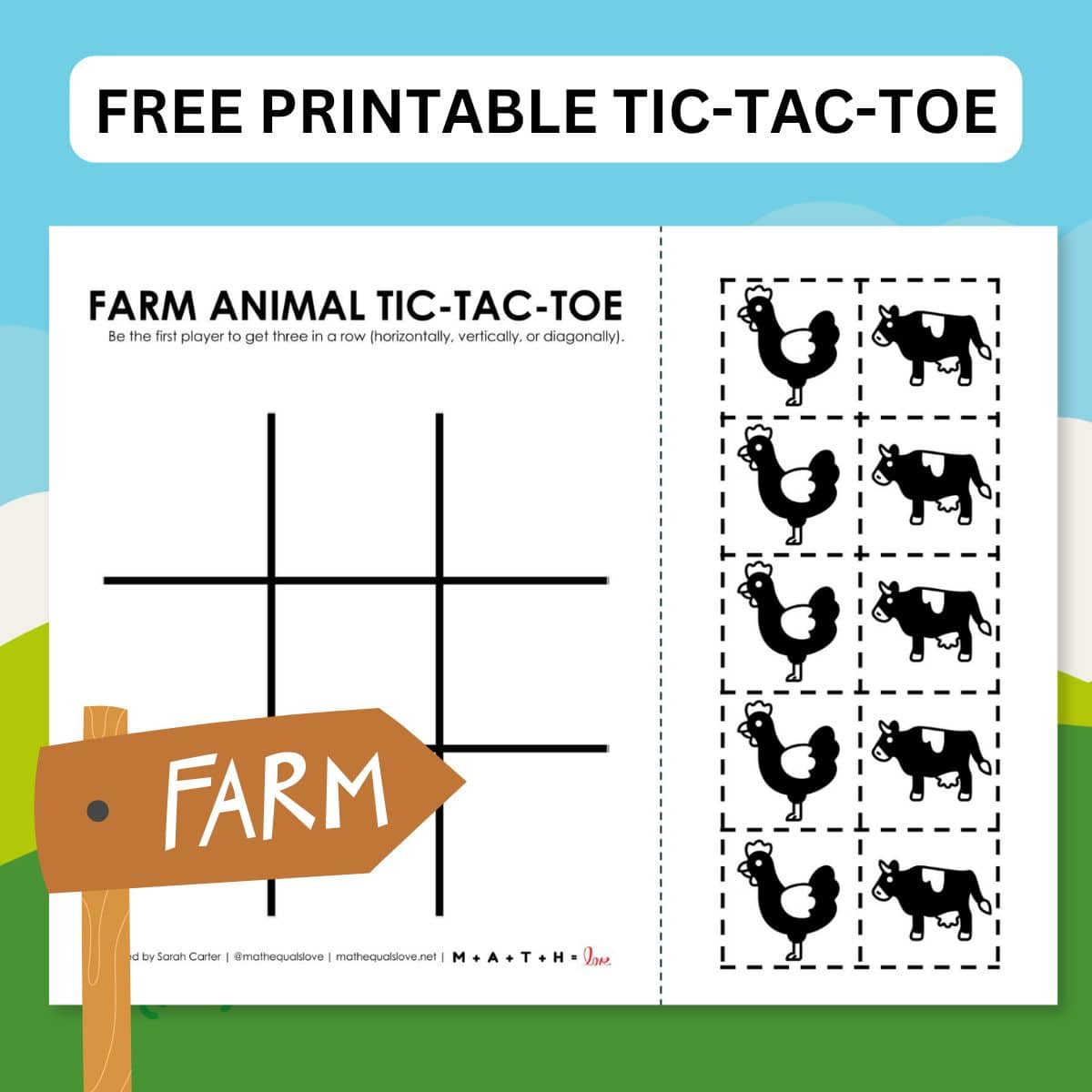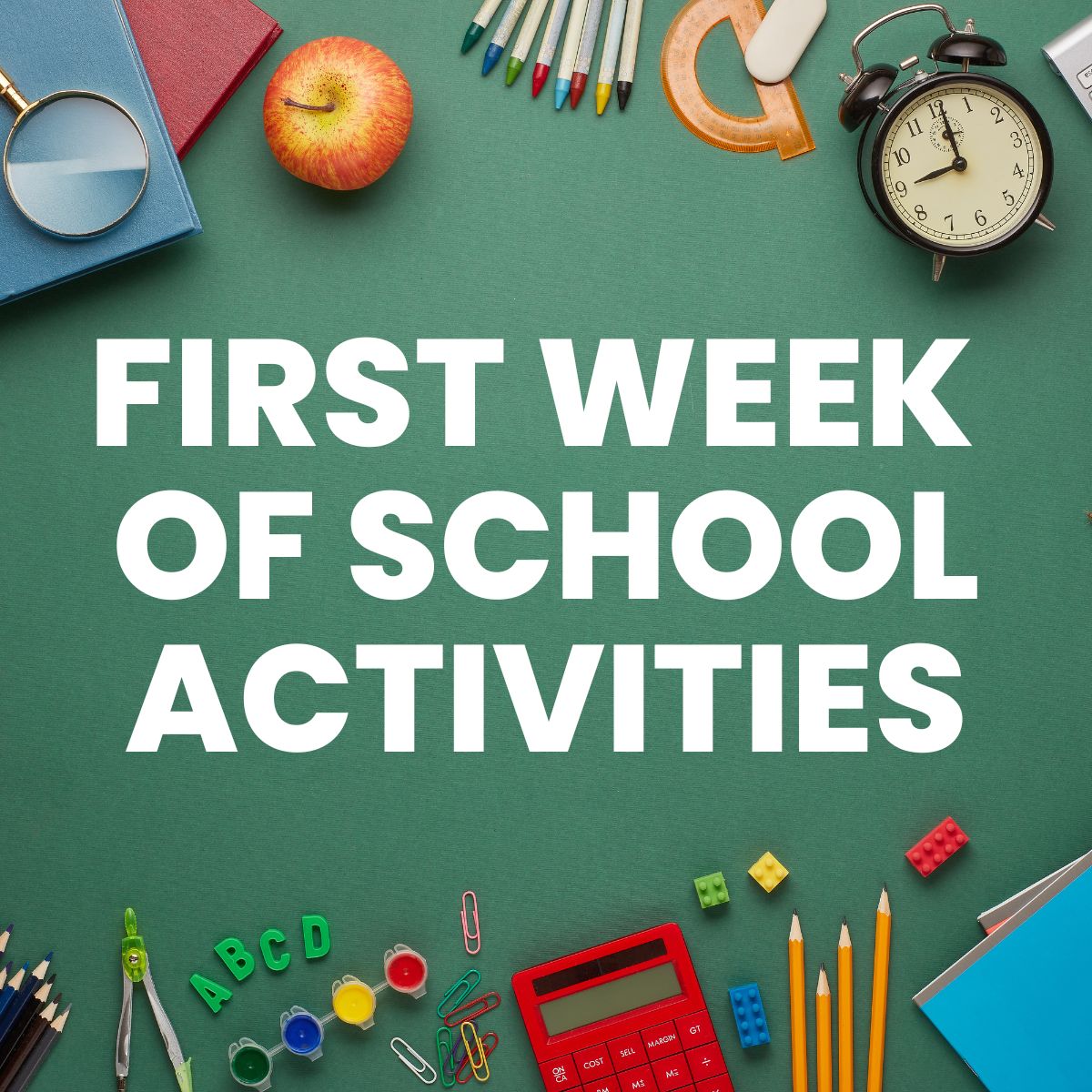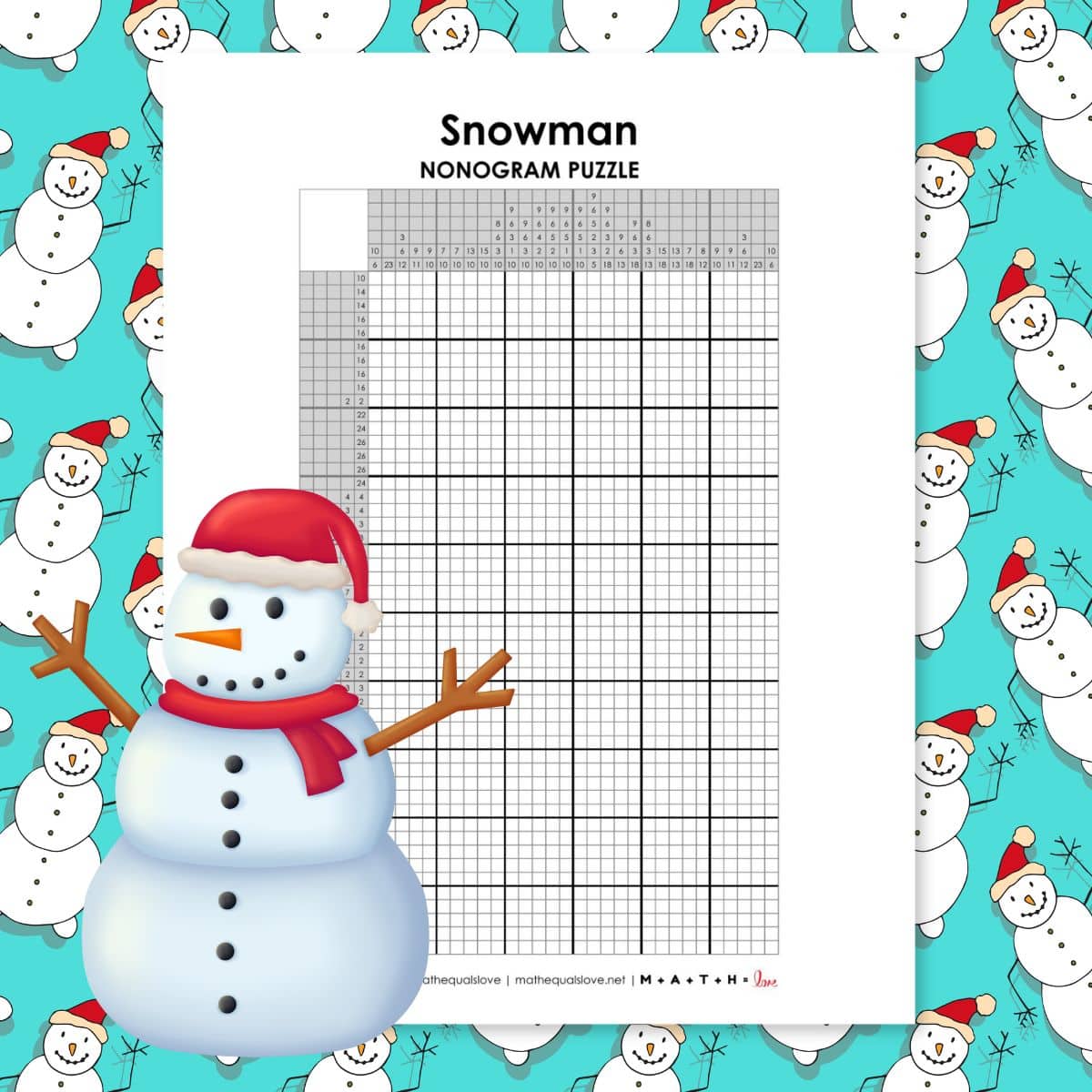Glow Sticks Reaction Rate Lab
This blog post contains Amazon affiliate links. As an Amazon Associate, I earn a small commission from qualifying purchases.
This glow sticks reaction rate lab was one of my favorite physical science lessons of the year!
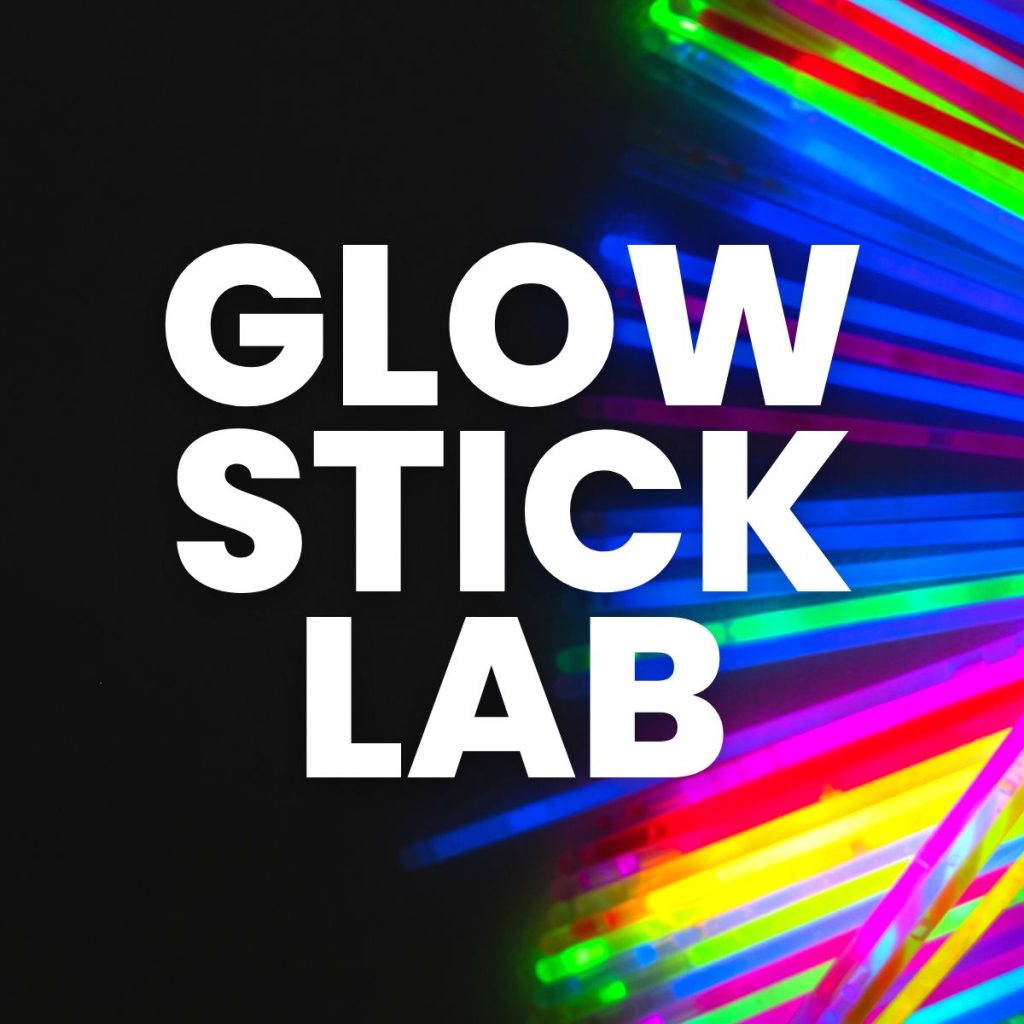
To get my students thinking about the impact of temperature on reaction rate, I decided to do a demonstration with glow sticks. It turned into one of the most enjoyable lessons of my teaching career!
Here’s what my physical science class looked like:
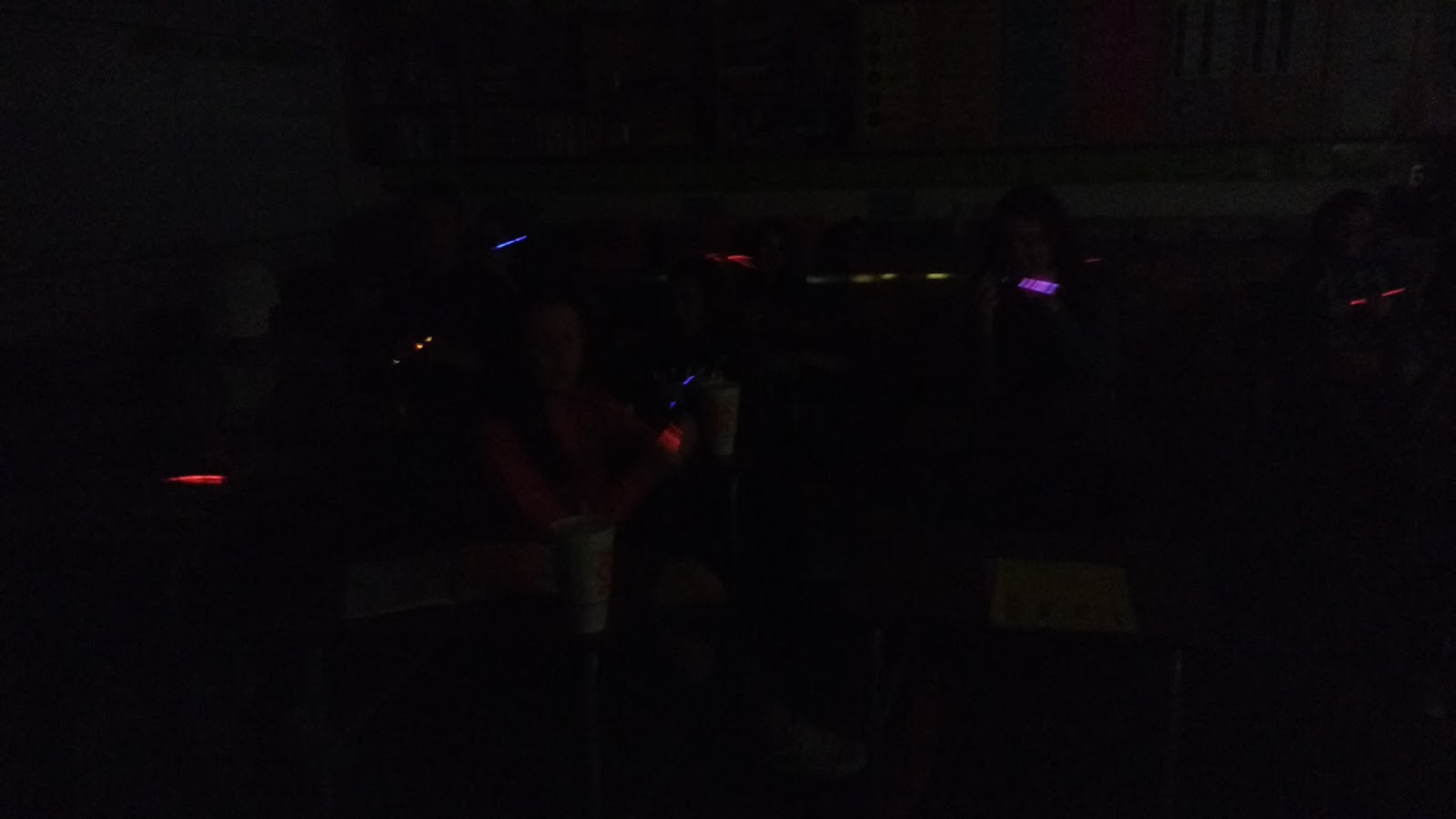
The room was pitch black thanks to black out curtains from Tuesday Morning. We didn’t keep the lights out all class period, I promise.
I started our discussion by writing “glow sticks” on the board and asking students to tell me everything they knew about glow sticks.

My students were struggling to come up with things to share beyond obvious things like “glow if you break them.” At this point, I passed out one glow stick to each student. I was nice and let them pick their color!
I bought a tube of glow sticks from Amazon for super cheap. These are the ones I bought. Soon, students were intently studying their glow sticks. I was SO excited when a student shared that they had heard that glow sticks last longer when you put them in the freezer. We had a discussion of why this might be possible.
Before long, one student accidentally bent their glow stick too much while examining it, and it started to glow. They were apologetic, but also super excited that they could see the two liquids mixing and reacting. I asked the other students if they wanted to break their glow sticks, too. They did.
So, I turned off the lights, and my students sat there breaking their glow sticks. My students were SO engaged. They were so observant. They were so excited. It was such a beautiful thing. After a while, we turned the lights on and planned an experiment.
We decided to test the impact of temperature on reaction rate of glow sticks by placing glow sticks in three different temperatures of water.
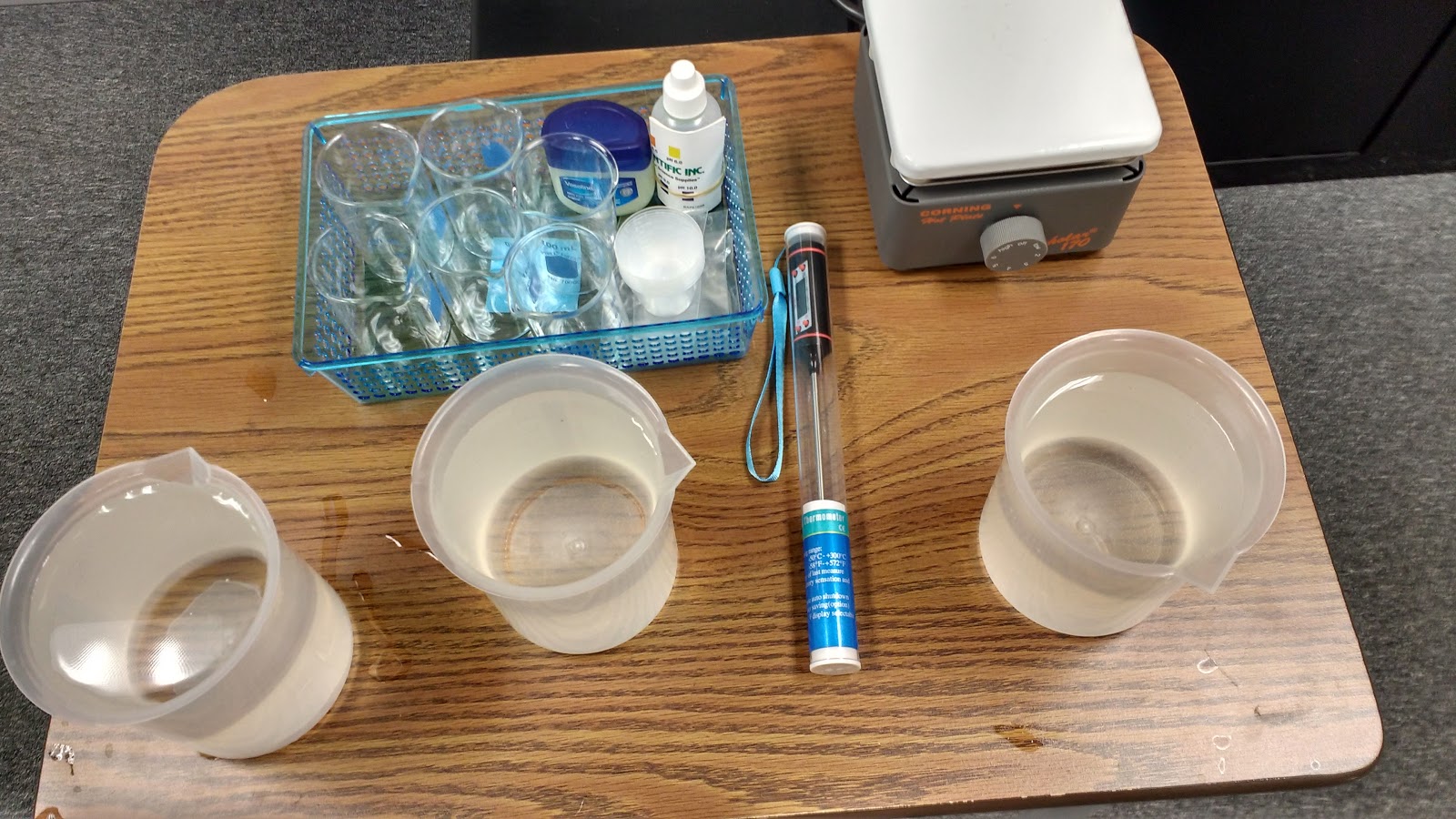
We used a hot plate to heat water in one beaker. And, we placed ice in another beaker. Our third beaker was left at room temperature. I’m so thankful for OERB for providing me with beakers, a hot plate, and a digital thermometer for my classroom. I got all this and so much more for free from attending one of their workshops.
Here are our temperatures:
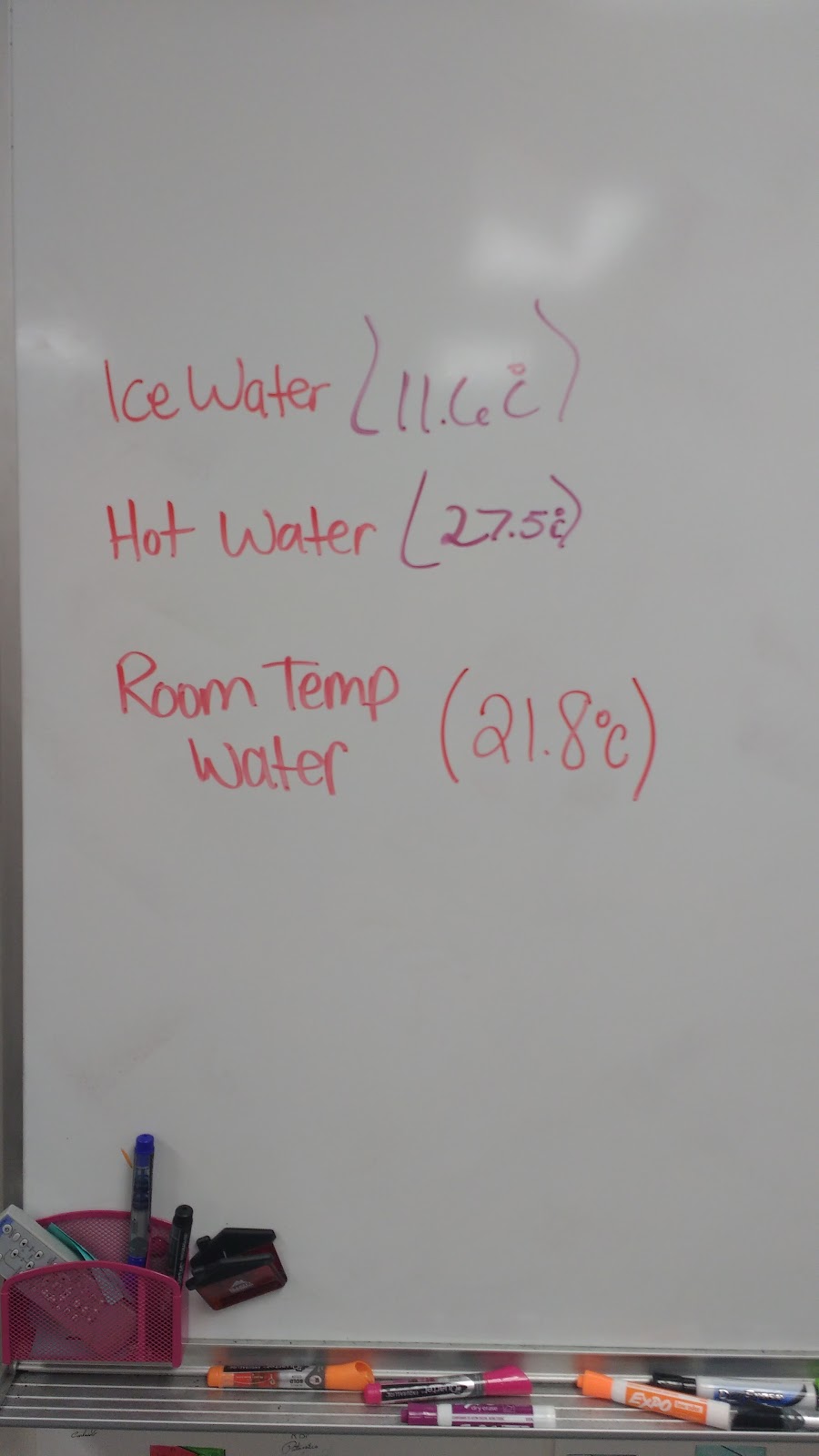
I was originally disappointed that my beakers were not big enough to fully submerge each glow stick. But, that turned out to be a blessing in disguise.
Here were our results:
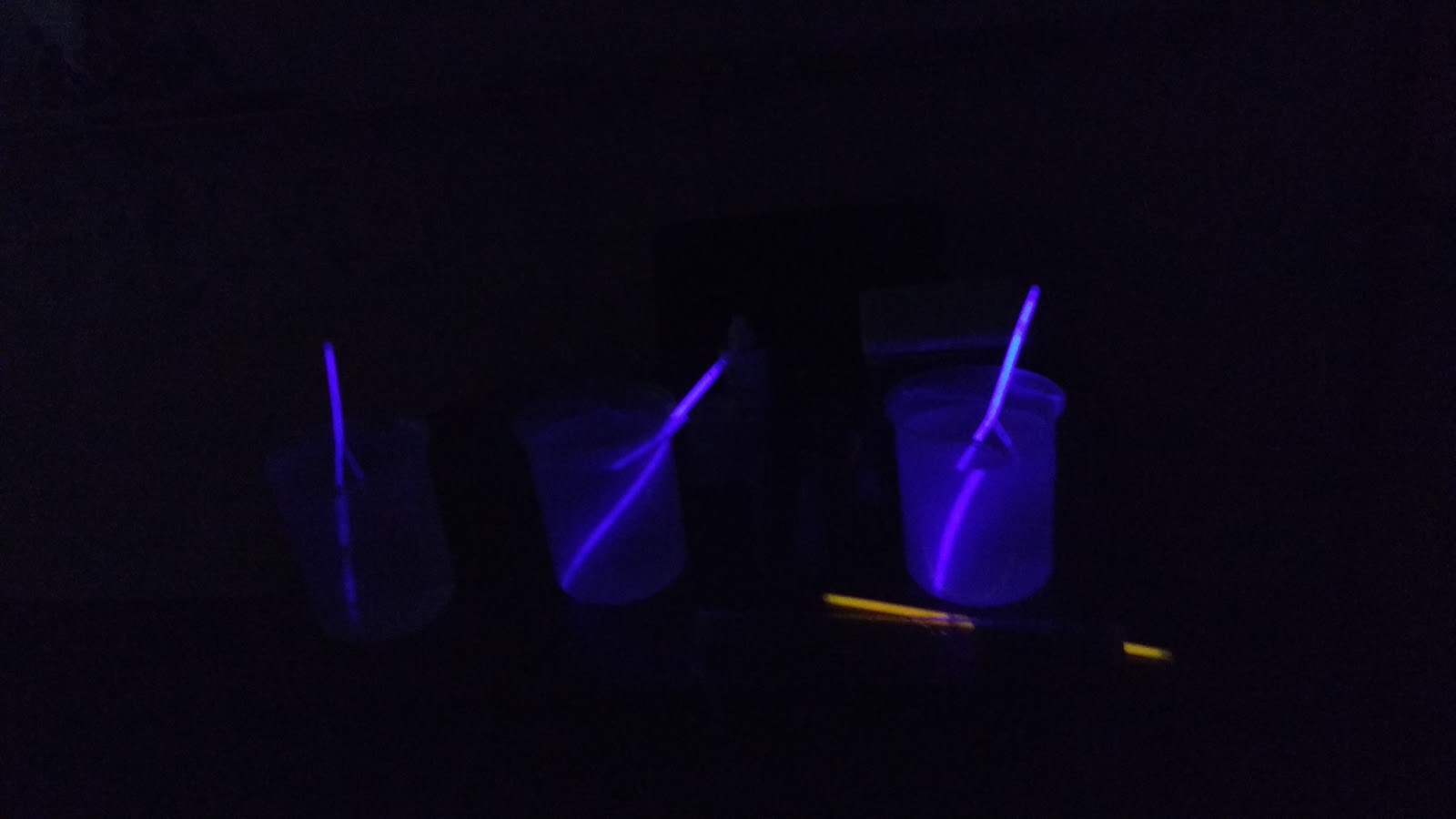
Because the glow sticks were not fully submerged, the part of the glow stick that was not submerged acted the same as a glow stick in room temperature water. I was able to pull the glow sticks out of the beaker so we could see just how big of an effect the water temperature was having.
My students were full of so many ideas. They enjoyed taking the glow sticks from one beaker to another and predicting what would happen. When the bell rang, they couldn’t believe that science class had gone by that fast. It was really an awesome lesson!

